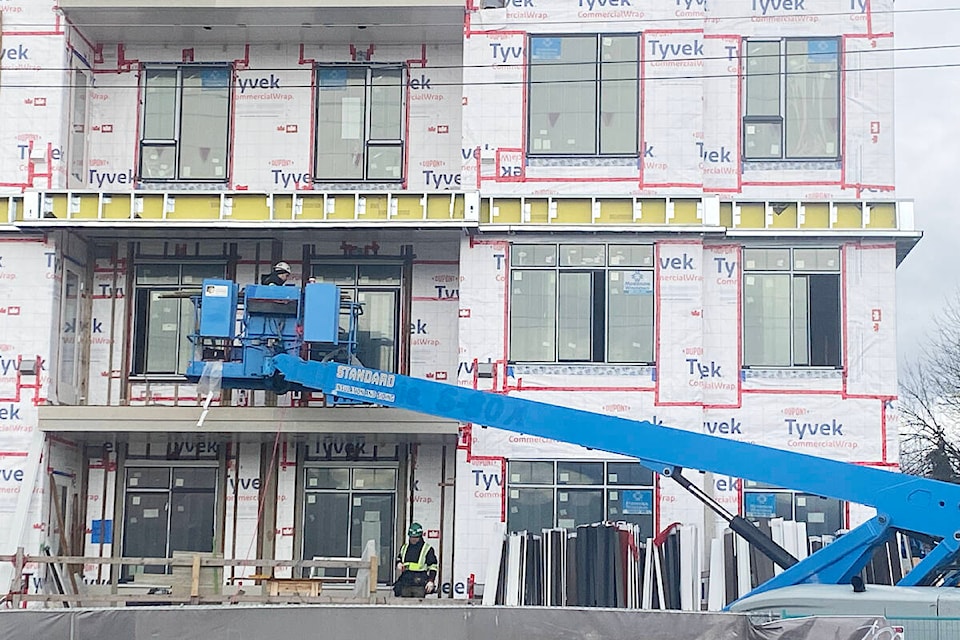For more than half a century, the received wisdom in the suburbs of the Fraser Valley has been that families lived in houses.
Condos, rental apartments, even townhouses were seen as unsuitable for raising kids. They were starter homes for young single people, new couples, and for downsized seniors.
Of course, everyone who lives in Langley, Surrey, Abbotsford, Maple Ridge, and Pitt Meadows knows that rising housing prices have left people with a stark choice – they can figure out how to raise kids in something other than a single-family detached home, or they can not have kids.
Langley Township is currently looking at mandating a certain number of “family friendly” apartment units in each new development. Those units would have three bedrooms. Similar ideas have been floated or adopted in other municipalities, in this region and elsewhere across Canada.
READ ALSO: High housing demand best argument to build in new ways
It’s never been possible for everyone who wants children to raise them in a house with a backyard. But now that lifestyle is very much the preserve only of a financially fortunate minority. Among people in their twenties and early thirties contemplating starting a family, most will not be able to afford a house.
This has bigger implications than a need for larger apartment units.
Here in the outskirts of Metro Vancouver, our communities need public amenities that reflect the reality that thousands of children will grow up in duplexes and fourplexes, in townhouses and in apartment buildings.
That means plenty of park space, both playing fields for sports and community parks where kids can swing on some monkey bars. It means safe bike lanes and mandated bike parking. It means it’s more important than ever to have clean, well-lit bus stops for when adolescents are old enough to venture out on public transit by themselves.
It also means that as a community and a region we have to recognize reality – the suburban ideal of two parents, two or three kids, and a grassy backyard is vanishing.
That doesn’t mean a bad life for kids and families. But making a good life for kids and families in an increasingly urban world means a lot of work. Mayors and councils, libraries, sports organizations, provincial agencies, school boards, and families themselves have to work together to build new family-friendly communities.
– M.C.
